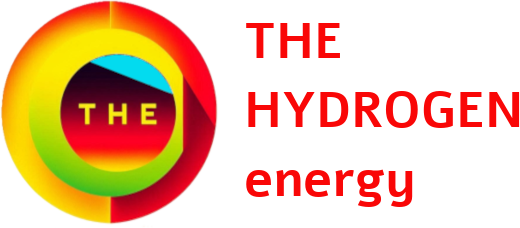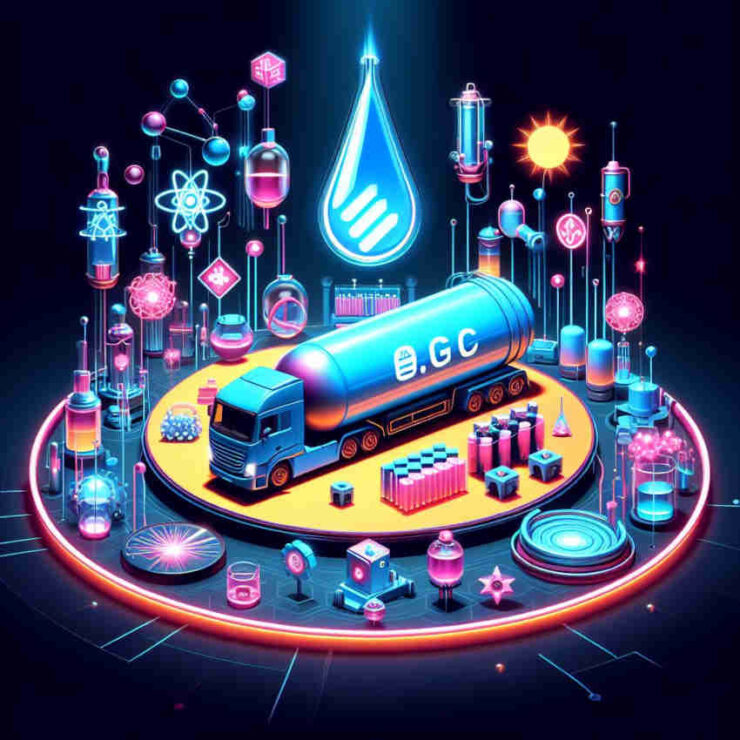Currently used, well proven for years and well established, traditional methods of hydrogen transport are discussed here.
Hydrogen, the universe’s most abundant element, stands poised to revolutionize clean energy. However, transporting this light and elusive gas from production to utilization points remains a significant hurdle.
Unlike traditional fossil fuels, hydrogen boasts a low volumetric density (around 0.0898 kg/m³ at standard temperature and pressure). To achieve practical transportation volumes, significant energy input is required for compression (up to 700 bar for pipeline transport) or liquefaction (-253°C for LH2).
For a hydrogen economy to truly function, we need a reliable way to get hydrogen from where it’s produced (production sites) to where it’s used (factories, power plants, or filling stations), called final or end use points. This delivery system, called infrastructure, involves pipelines, special plants that turn hydrogen into liquid for transport (liquefaction plants), trucks for transport, storage tanks, compressors to pressurize the gas, and pumps to fill up vehicles or tanks (dispensers).
The good news is, the technology to deliver hydrogen already exists and is commercially available. In fact, several companies globally are already supplying bulk hydrogen, leveraging some existing infrastructure from its long history in industrial uses. However, for hydrogen to truly take off, we’ll need to ramp things up in three key areas: further research and development (R&D) to improve efficiency, expanding the supply chain to meet wider demand, and deploying new infrastructure across different regions.
Hydrogen Delivery:
Compressed Gaseous Hydrogen (CGH2) in Compressed gas cylinders: Well established, widely used method and low cost. Transported via trucks, railways, and pipelines. Truck transport or rail transport for short distance, low volume, low cost.
To transport gaseous hydrogen, it’s compressed to high pressures (180 -250 bar, there is a legal restriction varies per country), filled in long cylinders and loaded into special trucks or trailers. The long cylinders are transported by rail as well for longer distances.
For larger volumes, multiple cylinders are bundled together and mounted on a specialized trailer. These trailers can hold significant amounts of hydrogen (up to 900 kg / per truck or trailer) for long-distance transport.
Safety Considerations: Cylinders are equipped with safety valves to release pressure in case of emergencies. Additionally, strict regulations govern the manufacturing, inspection, and maintenance of these cylinders to ensure safe transportation.
Pipelines:
Pipelines offer a mature and cost-effective solution for bulk transportation over long distances.
The current workhorse of hydrogen transport, just like natural gas, gaseous hydrogen can travel through pipelines, making it ideal for bulk transportation over long distances.
Pipelines are established in areas where there is a significant need (like 500 tons / day) and this demand is consistent for many years to come. Today, this method is already used at many oil refineries, where hydrogen plays a key role in upgrading petroleum products.
Tailored for major hydrogen users, these pipelines, owned by merchant hydrogen producers, are concentrated in areas with a high density of such industries, like petroleum refineries and chemical plants.
Pipelines and storage tanks need to be made from materials compatible with hydrogen to prevent embrittlement (material weakening).
Companies like Linde are developing dedicated hydrogen pipelines with enhanced safety features. Their Duisburg pipeline project boasts a transport capacity of 40,000 tons of hydrogen per year.
Liquefied Hydrogen (LH2) in cryogenic liquid tankers:
This method is well established, hydrogen is stored in large, specially insulated tanks and loaded into the trucks for transportation.
Over longer distances it is usually more cost-effective to transport hydrogen in liquid form, since a liquid hydrogen tank can hold substantially more hydrogen than a pressurized gas tank. For the purposes of liquid transport, the hydrogen is loaded into insulated cryogenic tanks. Around 3,500 kg of liquid hydrogen or almost 40,000 Nm3 can be carried at a loading volume of 50 m3.
Even for shorter distances, liquefied hydrogen offers a viable option. It’s transported through highly insulated transfer lines specifically designed for cryogenic fluids. These lines minimize heat transfer and ensure efficient hydrogen delivery.
For large volume deliveries where there are no pipelines, liquid hydrogen takes the stage. This ultra-cold form (-253°C!) requires a special liquefaction process. The specially insulated trucks that haul it are known as liquid tankers. Can be transported by specialized cryogenic trains.
Hydrogen gas is converted into a liquid state by cooling it to temperatures below −253°C (−423°F). Once liquefied, the hydrogen can be stored in large insulated tanks at the liquefaction facility. The process of liquefying hydrogen is energy intensive with current technology, over 30% of the hydrogen’s energy content is consumed during liquefaction, making it costly. Furthermore, a certain amount of the stored hydrogen will evaporate, or “boil off”, especially when stored in small tanks with large surface-to-volume ratios. However, advancements in liquefaction technology and economies of scale could potentially reduce both the energy consumption and cost.
For transoceanic transport exceeding pipeline feasibility, liquefaction offers a viable option. However, the energy-intensive liquefaction process consumes around 30% of the delivered hydrogen’s energy content. There are advancements in cryogenic insulation materials like evacuated powder insulation, potentially reducing boil-off losses to below 1% during transport.
This article is Copyright protected







Add comment